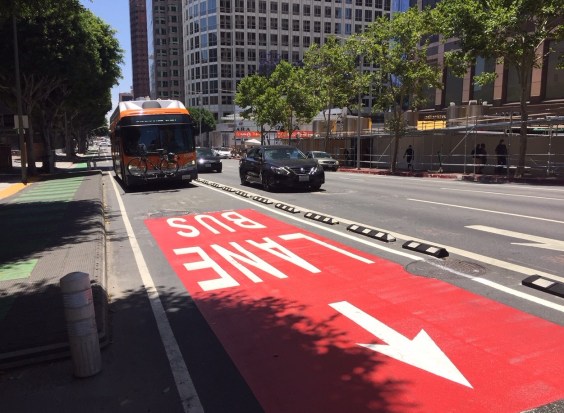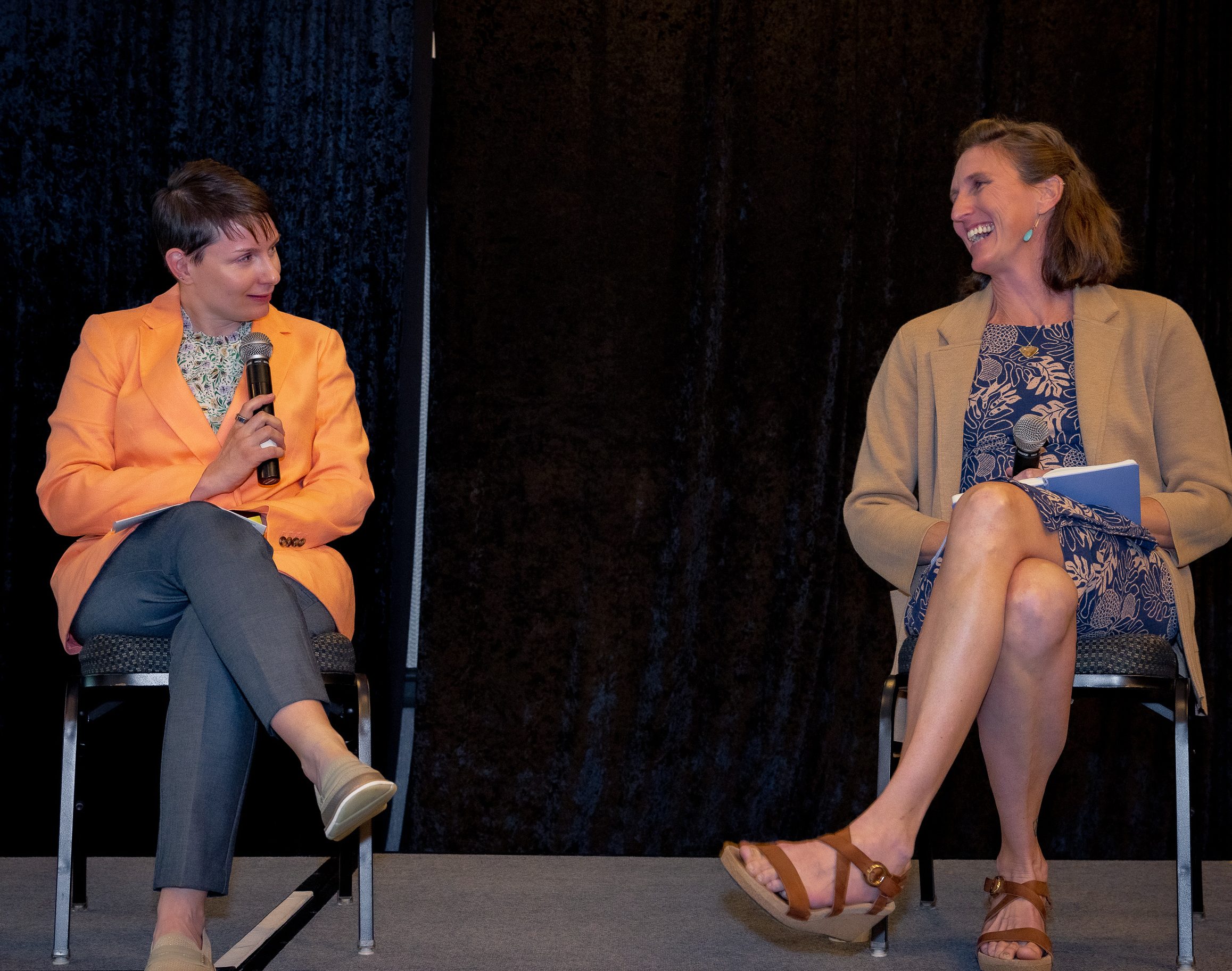In "With cap and trade in doubt, key questions go unanswered," a recent article in Cal Matters, writer Julie Cart described “a scathing bipartisan scolding” by state lawmakers of the California Air Resources Board “over a lack of transparency” with the cap-and-trade program.
Legislators are talking about doing an audit. But lack of transparency may not be the main problem here.
Cart quoted a Legislative Analyst's Office report about the various programs funded by the Greenhouse Gas Reduction Fund, into which the state's cap-and-trade money is deposited:
The analyst ... found that not all projects are cost-efficient. For example, the usual price in the auctions of reducing one metric ton of emissions is $12.73. Although some of the projects funded by auction proceeds are excellent deals, some cost more than ten times that sum to achieve the same result, according to the report.
The report, which can be downloaded here, includes a chart that shows the cost of greenhouse gas (GHG) reductions per project funded by the cap-and-trade program. It comes up with an average price per ton of $57, based on each program's projections for how many tons of GHG it will reduce.
The report then adds:
At the most recent auction in February 2016, cap-and-trade allowances sold for substantially less—about $13 per ton.
This sows confusion about cap-and-trade and its true costs. As explained in this earlier post, the cost of allowances in the auction have nothing to do with the cost of reducing a ton of carbon. It's disingenuous, at best, for the LAO to put these two statements together as if they were related, and unfortunately that's exactly how the Cal Matters article interprets them.
If smart people misread the statement to mean that the true cost of cutting greenhouse gas emissions is $13 per ton, it's the fault of the LAO report.
There are other problems with the LAO's strictly financial analysis. Its focus on the cost per ton of GHG reduction leaves out all the other investment benefits from the Greenhouse Gas Reduction Fund. Those “co-benefits” are required by a number of laws that accompanied A.B. 32, the Global Warming Solutions Act that forms the basis for cap-and-trade. The additional benefits include improving the economy, providing jobs, improving public health, and ensuring investments go to communities that have suffered disproportionately from climate problems.
Tim McRae, Senior Energy Director at the Silicon Valley Leadership Group, writes about one such co-benefit in the Mercury News: California's economy, which has benefited directly and indirectly from climate investments.
By ascribing a price to emitting carbon pollution, AB 32 puts a cost on waste and inefficiency. Ten years after its passage, the wisdom of this approach is clear.
California is home to more clean technology venture capital than any other state: $27 billion since 2006, when AB 32 became law. More than 500,000 Californians comprise the state's clean energy economy, working on advanced technologies like biofuels and electric vehicles that place us in the vanguard.
And, he adds:
Last year, Bloomberg crowned California the best state in which to do business, in part due to our proactive approach to modern global challenges like climate change.
And while the auctions have slowed—whether due to uncertainty over the future of cap and trade or to other factors—
California's program is designed to withstand this ebb and flow. That's not what's important about the program, though. Driving the clean energy economy and driving down emissions is what's important.
That long-term credibility issue he mentions is real, as the current law expires in 2020 and there is disagreement about how to proceed. And at least some of that disagreement is fueled by misunderstanding the purpose of the program. Opponents of climate change policies and regulations on business are quick to take advantage of the confusion.
Assemblyman Adam Gray (D-Merced) recently penned an op-ed in the Modesto Bee calling cap-and-trade a “tragic return on our investment,” saying that
We should be implementing air quality improvement programs to clean up the air, but instead the Legislature and California Air Resources Board are fixated on lofty long-term greenhouse gas reduction programs.
We are missing an important opportunity to fund real priorities that need our immediate attention – like improving the Valley’s air quality and funding long overdue road maintenance and construction throughout the state.
This reads like a willful misunderstanding of the connections between bad air, transportation mode choices, and equitable, livable communities—all targets of cap-and-trade investments. Or Gray is misled by the LAO's focus on the cost effectiveness of each dollar spent per ton of GHG eliminated, thinking that is the only goal of the program.
And while he's right that transparency is important, any evaluation of cap-and-trade must account for more than just the cost per ton of emissions reduced.
More on that next week.




